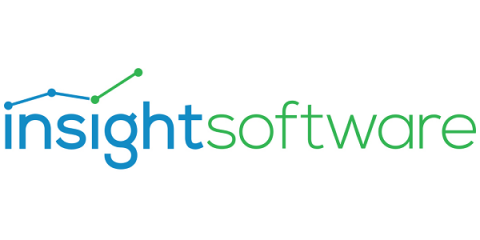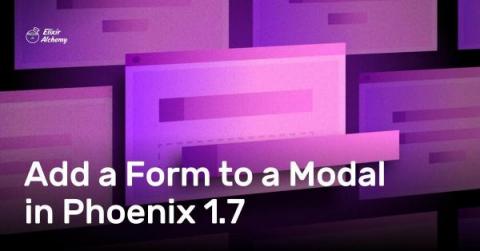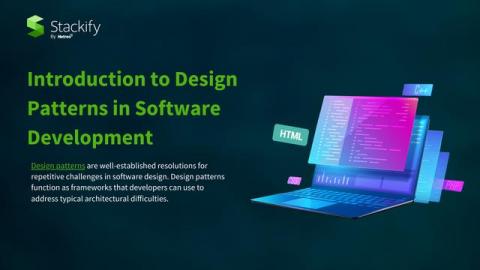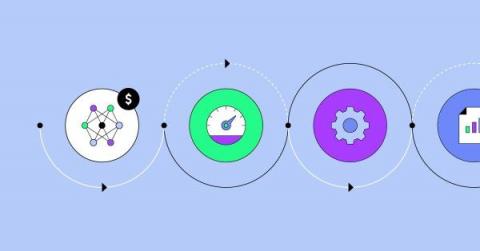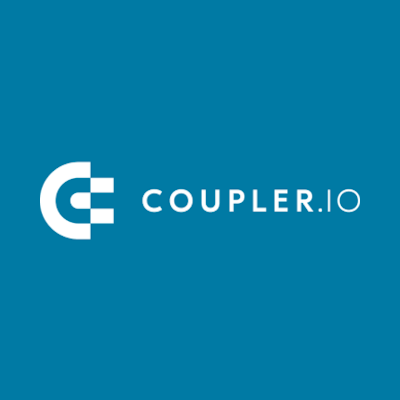Systems | Development | Analytics | API | Testing
Latest News
Benefits of Real-Time Data Integration for Business Intelligence
Add a Form to a Modal in Phoenix 1.7
In part one of this series, we introduced the core generated components when bootstrapping a new Phoenix project. We used a button and a modal from the core components to lay the groundwork for a "create modal". In this post, we will put a form onto the modal and create pets. Let's get started! Note: As in the last post, you can follow along with our companion repo.
Ably Kafka Connector 3.0: Increased throughput, improved error handling, Confluent Cloud accreditation
We are excited to announce the release of the Ably Kafka Connector 3.0. Version 3 brings a host of improvements, including: Overall, the Ably Kafka connector v3.0 makes the management of Kafka pipelines extension to millions of web and mobile users simpler and more reliable.
Introduction to Design Patterns in Software Development
In the realm of software development, designing apps that are reliable and scalable is crucial. Design patterns are essential in achieving these objectives, being useful in OOP, UI and even QR Code design. The main reason is that design patterns offer reusable solutions to typical problems. This post explains the idea of design patterns, exploring their types, benefits and practical applications.
LLM and AI advancements ignite a new chapter of FinOps
Organizations across all industries are racing to understand large language models (LLMs) and how to incorporate the generative artificial intelligence (AI) capabilities provided by LLMs into their business activities. Thanks to LLMs’ broad utility in classifying, editing, summarizing, answering questions, and drafting new content, among other tasks they are being embedded into existing processes and used to create new applications and services.
Google Analytics Page View Reports (Pages And Screens Report In GA4): 101 Guide
Coupler.io: Your Business Data Analytics and Automation Solution
Companies no longer question the importance of data analytics for their business success. With the help of data, brands can predict business outcomes, detect purchasing patterns, track customer behavior, and improve overall decision-making. However, many organizations still struggle with implementing the needed steps for robust data analysis. They often lack the time and expertise to use data to its fullest potential.
How to identify and report bugs during exploratory testing?
In the fast-paced world of software development, identifying and reporting defects is the core responsibility of testers. It's common to become familiar with the application you are testing and develop blindspots that hinder your ability to identify and investigate defects. One of the reasons for this to happen is that you rely on scripted testing only.
Driving Better Developer Experience with SwaggerHub Portal
SmartBear is excited to announce the release of SwaggerHub Portal, a feature of SwaggerHub allowing you to customize consumer-facing documentation for your APIs to maximize API discoverability. With its intuitive interface, you can easily create onboarding guides, reference documentation, and other materials that help developers both understand and integrate your APIs into their applications. With Portal, you can easily sync your API designs from SwaggerHub with zero context switching.


